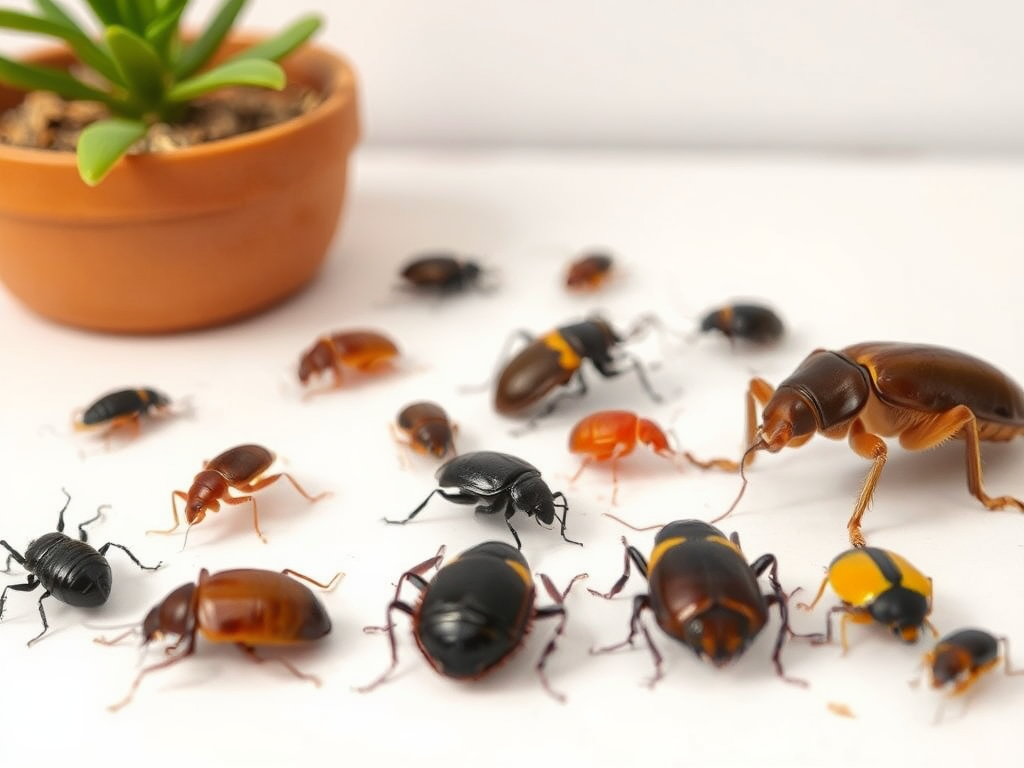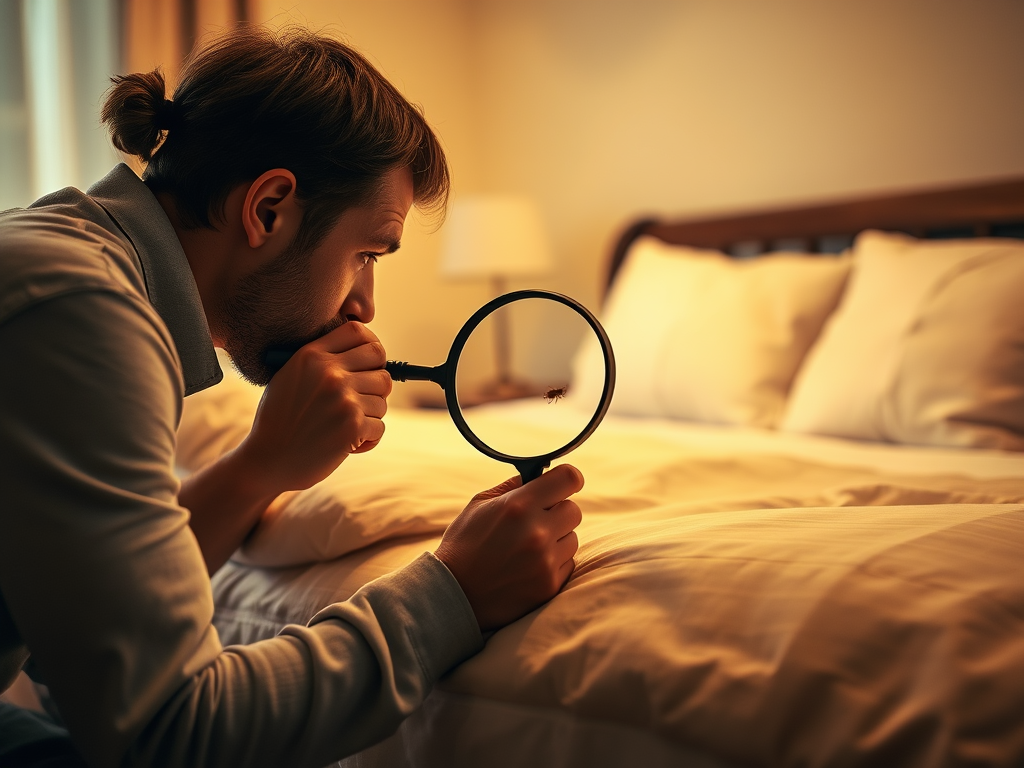Bed bugs, the infamous blood-sucking pests that inhabit our sleeping spaces, can evoke dread at the mere mention of their name. Yet, a little-known fact is that several insects in our homes can easily be mistaken for bed bugs, leading to confusion and misdiagnosis. This comprehensive guide aims to equip you with the knowledge to discern these look-alikes from actual bed bugs effectively. With an understanding of their characteristics, behaviors, and visual markers, you can take informed steps toward pest control. As we explore these similarities, you may discover that not every crawling insect is a bed bug, prompting more proactive and accurate measures to protect your home. Let’s dive into the fascinating world of bed bugs and their deceivingly similar counterparts.
Characteristics of Bed Bugs

Bed bugs have several unique features that distinguish them from other small insects. These creatures are typically small and flat, allowing them to hide easily in cracks and crevices in our homes. Adult bed bugs grow to about 5-7 mm in length and exhibit an oval shape. Their color can range from a yellowish-brown to a deep reddish-brown after feeding, making their appearance notably different from many other insects that share their habitat. Understanding their physical attributes is essential for effective identification, especially when trying to spot them among their look-alikes. Moreover, their behavior patterns, such as nocturnal feeding habits, further set them apart.
Let’s take a closer look at the defining features of bed bugs:
| Feature | Description |
|---|---|
| Size | 5-7 mm in length |
| Color | Yellowish-brown to reddish-brown |
| Shape | Flat and oval |
| Behavior | Nocturnal; feeds on blood |
Common Bed Bug Look-Alikes

While bed bugs are quite distinctive in their features, several insects can easily confuse homeowners. Identifying these imposters is critical to ensure appropriate pest management strategies. Each look-alike demonstrates unique characteristics that, when understood, can help you recognize the differences. The confusion often arises as these insects share some physical attributes or behaviors with bed bugs, leading to fearful assumptions of an infestation when one is not present. Below are some common bed bug look-alikes:
- Cockroaches: The German cockroach closely resembles bed bugs. However, they are usually larger, have a more elongated body, and feature long antennae.
- Carpet Beetles: In their larval stage, these beetles can appear similar to bed bugs. They are often rounder and covered with fine hair.
- Booklice: These tiny insects can mimic young bed bugs; however, they are more elongated and prefer damp areas rather than bedding.
- Fleas: Infamous for their ability to jump, fleas differ visually by being more elongated than bed bugs.
When identifying these look-alikes, you’re not only forestalling confusion but also preventing unnecessary treatments. Effective pest management begins with accurate identification, which can save both time and resources while addressing the right issues.
The Importance of Accurate Identification
Identifying the correct pest is fundamental to successful pest control solutions. Misidentifying bed bugs could lead to inappropriate treatments that fail to solve the real problem. It’s crucial to distinguish between bed bugs and their look-alikes to develop effective strategies for elimination or prevention. Without such clarity, you may end up targetting the wrong insect, resulting in wasted efforts and potential financial implications. Moreover, some look-alikes, like fleas and cockroaches, require entirely different approaches for treatment. Identifying your pest accurately also reduces panic and helps maintain peace of mind within your home.
Effective Strategies for Identification
Proper identification techniques can dramatically enhance your ability to manage pests in your living spaces. Several effective strategies for identifying bed bugs and their look-alikes exist. Education is key, as understanding their specific characteristics can lead to more successful pest management. Practical methods include:
- Visual Inspection: Frequently check bedding, mattresses, and furniture for signs of bed bugs. Look out for shed skins, eggs, or dark fecal spots, which are indicators of a possible infestation.
- Using Traps: Deploying bed bug traps can help capture these insects for easier identification. Sticky traps, in particular, are advantageous for monitoring insect activity effectively.
- Consulting Professionals: When in doubt, contacting pest control professionals can offer expert insight and identification services that ensure comprehensive assessments.
Conclusion
Understanding how to identify bed bug look-alikes is paramount in maintaining a pest-free environment. The knowledge gained from distinguishing between bed bugs and their similar counterparts is crucial for homeowners. By observing their characteristics and behaviors closely, you can employ effective strategies for pest management. Arm yourself with the right information, and you will tackle pest problems with confidence, avoiding unnecessary treatments. The emphasis on accurate identification cannot be overstated; it is the first step towards a pest-free home that fosters comfort and peace of mind.
Frequently Asked Questions
- How can I tell if I have bed bugs or another insect? Look for specific signs such as bite marks, shed skins, and fecal spots, which are common with bed bugs.
- Are bed bugs harmful to my health? While bed bugs do not transmit diseases, their bites can cause allergic reactions and lead to secondary infections.
- How can I prevent a bed bug infestation? Regular cleaning, inspecting secondhand furniture, and using encasements for mattresses can help prevent infestations.
- What should I do if I suspect bed bugs? Conduct a thorough inspection immediately and consider contacting a pest control professional for accurate identification and treatment.
- How can I differentiate between bed bugs and other look-alikes? Focus on physical characteristics such as size, shape, color, and behavioral patterns to accurately identify bed bugs versus look-alikes.


